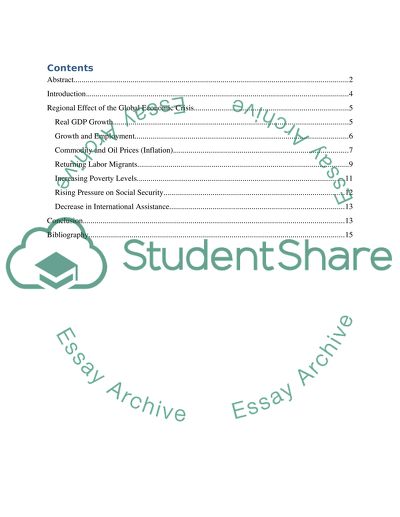Cite this document
(“Impact of the Global Financial Crisis of 2007/2008 on the Qatari Assignment”, n.d.)
Retrieved from https://studentshare.org/macro-microeconomics/1498742-impact-of-the-global-financial-crisis-of
Retrieved from https://studentshare.org/macro-microeconomics/1498742-impact-of-the-global-financial-crisis-of
(Impact of the Global Financial Crisis of 2007/2008 on the Qatari Assignment)
https://studentshare.org/macro-microeconomics/1498742-impact-of-the-global-financial-crisis-of.
https://studentshare.org/macro-microeconomics/1498742-impact-of-the-global-financial-crisis-of.
“Impact of the Global Financial Crisis of 2007/2008 on the Qatari Assignment”, n.d. https://studentshare.org/macro-microeconomics/1498742-impact-of-the-global-financial-crisis-of.


